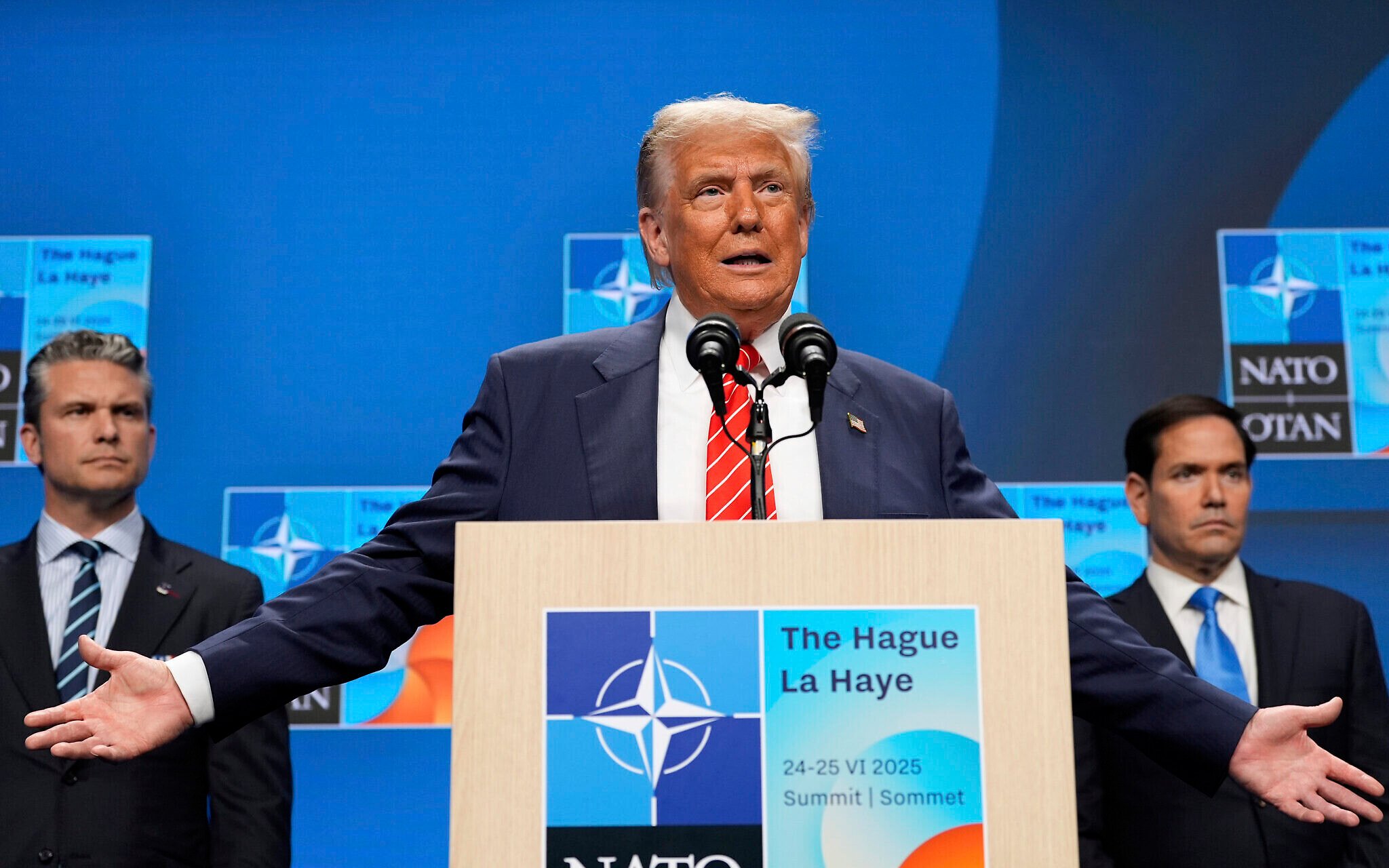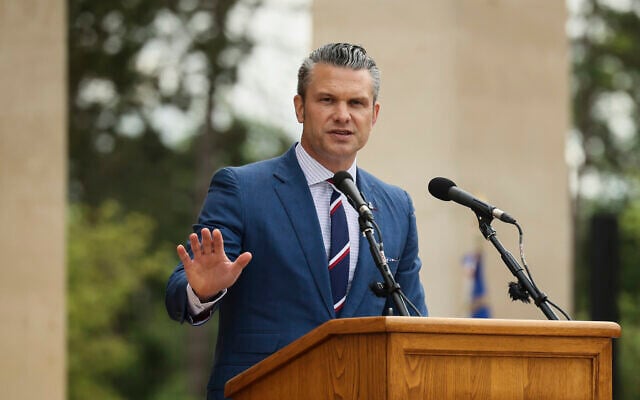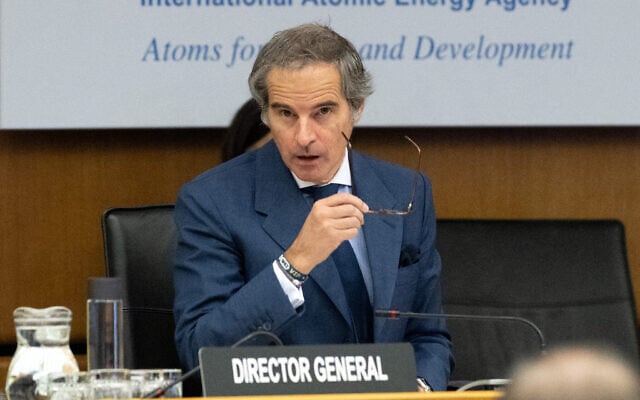



US President Donald Trump insisted on Thursday that no enriched uranium was moved out of Iran’s nuclear facility at Fordo, as public debate continued over how much the program was set back after Israeli and American strikes.
Trump made his claim on the same day as a Financial Times report, citing European officials, saying Iran’s stores of enriched uranium emerged “largely intact” following the US strike last weekend on the Fordo facility, which is buried deep underground. And it came shortly after the director of the International Atomic Energy Agency told French radio that the Fordo facility’s centrifuges were “no longer operational.”
“The cars and small trucks at the site were those of concrete workers trying to cover up the top of the shafts,” Trump posted to his platform, Truth Social. “Nothing was taken out of [the] facility. Would take too long, too dangerous, and very heavy and hard to move!”
At a press conference Thursday, US Defense Secretary Pete Hegseth made the same assessment, telling reporters: “I’m not aware of any intelligence that I’ve reviewed that says things were not where they were supposed to be, moved or otherwise.”
Hegseth lashed out at reporters who questioned the effectiveness of the Israeli and American strikes, which began on June 13 when Israel began bombing Iranian nuclear and ballistic missile centers as well as leading nuclear scientists and military officials.
The US attack on Fordo, made with heavy bunker-buster bombs, came amid that conflict, which ended on Tuesday morning with a ceasefire.

In the days since, Israeli and American leaders have disputed reports that the bombing campaign delayed the Iranian nuclear program by only a matter of months. According to The New York Times, an American intelligence report indicated that most of Iran’s enriched uranium had been moved, and that secret enrichment facilities may still be operational.
Israeli and American officials have countered that the damage from the strikes was far more severe. IDF officials, including Chief of Staff Eyal Zamir, have said assessments indicate the program was set back by years.
Trump told reporters on Wednesday that the US attack caused “total obliteration.” He has also compared the effect of the US strike to the American nuclear bombing of Hiroshima and Nagasaki at the end of World War II.
“When you look at Hiroshima, if you look at Nagasaki, that ended a war, too,” Trump said on Wednesday.
On Thursday, Iran’s supreme leader, Ayatollah Ali Khamenei, accused Trump of exaggerating the impact of the US strikes and claimed Tehran had achieved “victory” in the 12-day war.
“The American president exaggerated events in unusual ways, and it turned out that he needed this exaggeration,” Khamenei said in his first public appearance in more than a week, after being in hiding throughout the war.
The United States “has gained nothing from this war,” he added. He said American strikes “did nothing significant” to Iran’s nuclear facilities, and that Iran “dealt a severe slap to the face of America” in its missile attack on a base in Qatar housing American troops, which caused no casualties.

Meanwhile, Rafael Grossi, the director of the United Nations-affiliated International Atomic Energy Agency, told French radio that the US strike had incapacitated the Fordo centrifuges, though it was difficult at this point to determine the extent of the damage.
“We already know that these centrifuges are no longer operational,” he said, according to a translation by The New York Times, noting that the centrifuges are vulnerable to heavy vibrations from the attack.
“There was no escaping significant physical damage,” Grossi added. “So we can come to a fairly accurate technical conclusion.”
Israel said its campaign against Iran was necessary to prevent the Islamic Republic from realizing its declared plan to destroy the Jewish state. On June 22, the US struck key Iranian nuclear facilities at Natanz, Fordo and Isfahan.
Iran retaliated against Israel’s attacks by launching over 550 ballistic missiles and around 1,000 drones at Israel. Iran’s missile attacks killed 28 people and wounded thousands in Israel, according to health officials and hospitals. Missiles hit apartment buildings, universities and a hospital, causing heavy damage. Iran also fired at a US base in Qatar after the American strikes.
